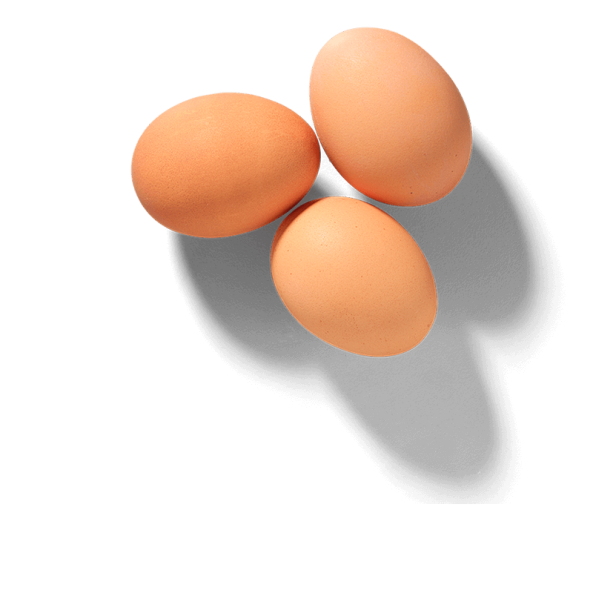January 8, 2021
Can Diet Impact Yeast Infections in Dogs?

Let’s be honest, yeast infections in dogs just aren’t fun. They’re uncomfortable and unpleasant for both you and your furry friend.
Just like there’s good bacteria that promote health and bad bacteria that can cause illness, there’s also good and bad yeast. Yeast is naturally present on skin and usually doesn’t cause any problems. However, overgrowth can lead to issues.
Overgrowth of yeast can occur due to various reasons, including hormonal imbalances, long term use of certain medications and food sensitivities or allergies.1,2 There are many ways to tell if your dog has a yeast infection. They often start with a rash or excessive itching and can develop into extremely irritated and thickened elephant-type skin.
Other symptoms of yeast infections in dogs can include:
- Ear infections
- Irritated paws
- Excessive licking
- Crusty skin
It’s important to note that diet places a huge role in your furry friend’s health. If you suspect your dog may be suffering from a yeast infection or you’re looking to learn more about them you’ve come to the right place. Keep reading to learn how you can say goodbye to these pesky yeast infections once and for all.
What Role Can Diet Play?
If your dog has recurring yeast infections, determining if they’re experiencing a food reaction may help to relieve the symptoms. . Food reactions in pets can often look like other conditions, such as environmental allergies. Because of this, diagnosis can be a bit tricky. Luckily, there are formulas such as limited ingredient diets, which contain novel, single animal protein sources. Prescription hydrolyzed protein diets or nutritionist-formulated home-cooked meals are other options to consider if you think your furry friend is having a food reaction.
The Benefits of Feeding Your Dog Limited Ingredient Diets
Limited ingredient diets are great because they offer a single source of animal protein. These diets are made with as few additional ingredients as possible to still meet your pet’s nutritional requirements. Above all, limited ingredient diets include novel ingredients which aren’t commonly used in pet foods or aren’t commonly linked with adverse food reactions. This is important, as food sensitivities or intolerances are generally linked to the dietary protein. For dogs, some common allergens are beef, chicken, and wheat.
Home-Cooked Meals for Dogs
Feeling fancy? Another great option is to serve home-cooked meals It may take a bit more time and effort (made with a lot of love), but it’s definitely worth it! Home-cooked meals for your furry friend may be used as a trial to help eliminate and pinpoint the ingredients that are causing reactions in your pet.
Remember, it’s important that these trials be done under the supervision of a veterinarian. If a home-cooked diet needs to be done long-term, it’s important to follow a diet that has been made and recommended by a qualified nutrition professional to ensure the diet contains all of the nutrients your dog needs.
Cut the Carbs or Keep the Carbs?
We all love our carbs - even our furry friends. However, it’s been suggested that eating foods that contain carbs could possibly increase the risk of dogs getting yeast infections. Yeast needs carbs for growth, but does that mean eating a diet that contains a lot of carbs increases the risk of yeast infections? The short answer – not likely.
When carbs are consumed, they’re broken down into sugar (glucose) to provide a key source of energy. The amount of sugar in the blood is tightly controlled. If there aren’t enough carbs to maintain an ideal blood sugar level, amino acids from proteins in the diet, will be made into glucose to keep levels ideal. Cool, huh?
Diabetes occurs when blood sugar levels are too high and cannot be controlled, which can create a perfect environment for yeast to overgrow and create infection. This is where the confusion about carbs and yeast often comes from. It’s important to always make sure you’re up to date with your pet’s vet checks to rule out underlying issues that may be contributing to recurrent and persistent yeast infections.
Tackling Your Dog's Yeast Infections
So, can yeast as an ingredient in pet food contribute to yeast infections? Likely not, unless your dog has a dietary intolerance to a specific yeast as determined through a food elimination trial. Yeast ingredients, such as brewers’ yeast and selenium yeast are made from good strains and contain essential b-vitamins and minerals which promote overall positive health benefits. Still not sure? Speak with your vet to determine the best treatment plan for you and your pet. It’s important to keep your dog up to date with vet checks, proper hydration, and remember to keep an eye out for any behaviours or symptoms that seem out of the norm.
We know how hard it is to see our furry friends be uncomfortable. Luckily, there are solutions to get them back to their normal, healthy, happy selves!
Charach M. Malassezia dermatitis. Can. Vet. J. 1997;38(5):311-314.
Faergemann J. Atopic Dermatitis and Fungi. Clin. Microbiol. Rev. 2002;15(4):545-563.
https://vcahospitals.com/know-your-pet/food-allergies-in-dogs
https://veterinarypartner.vin.com/default.aspx?pid=19239&id=8621491



